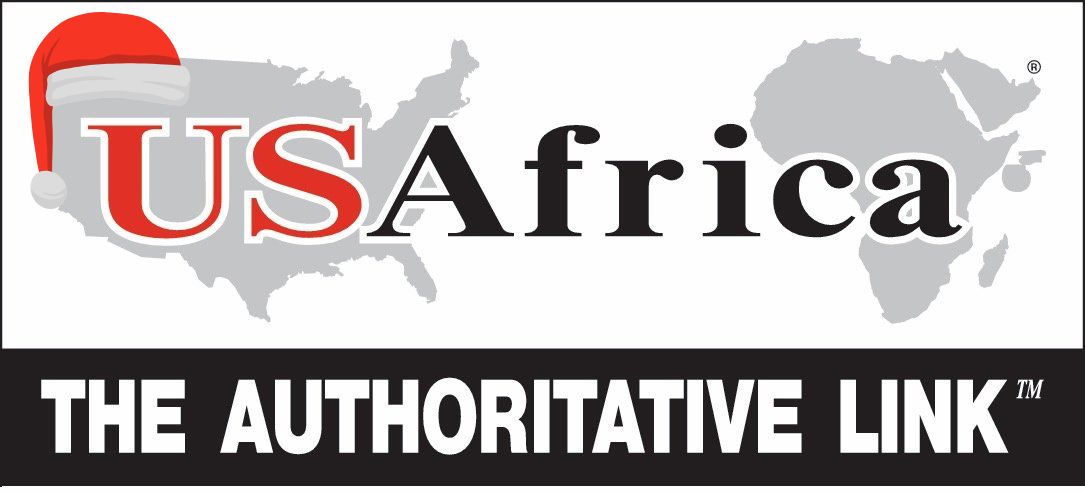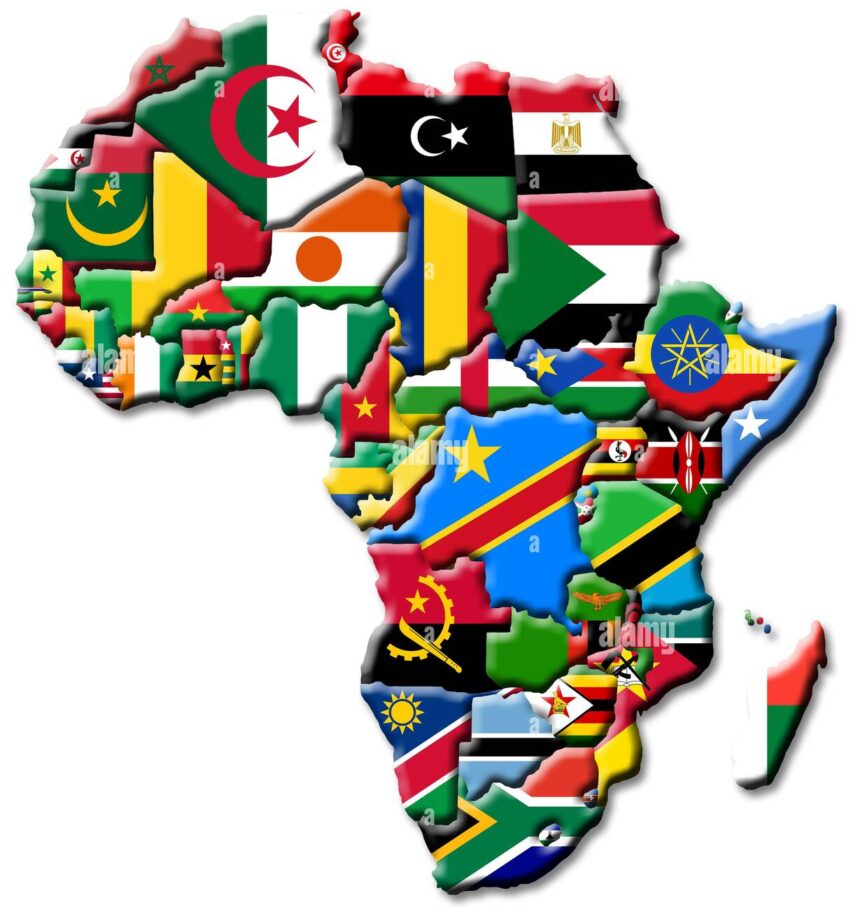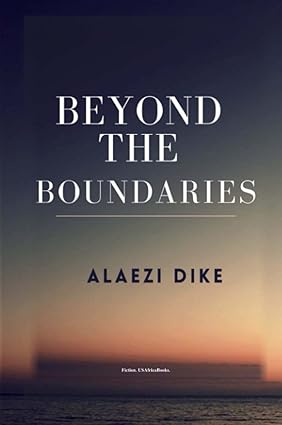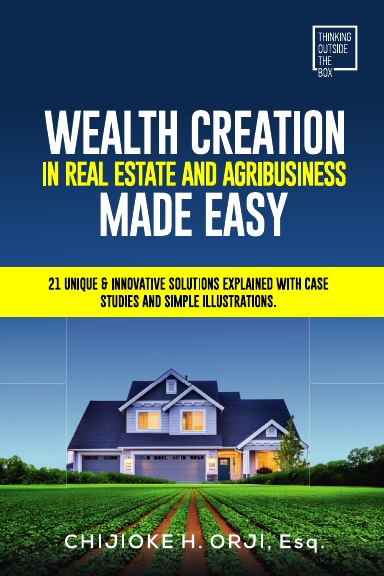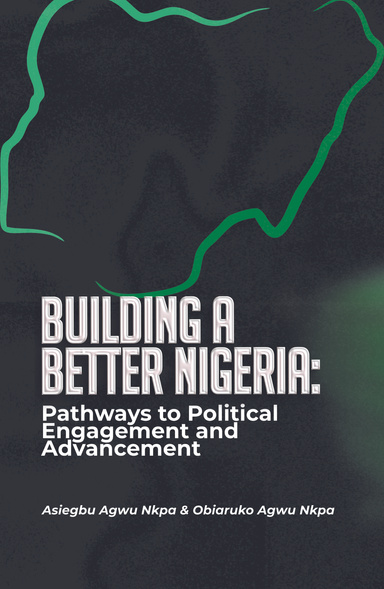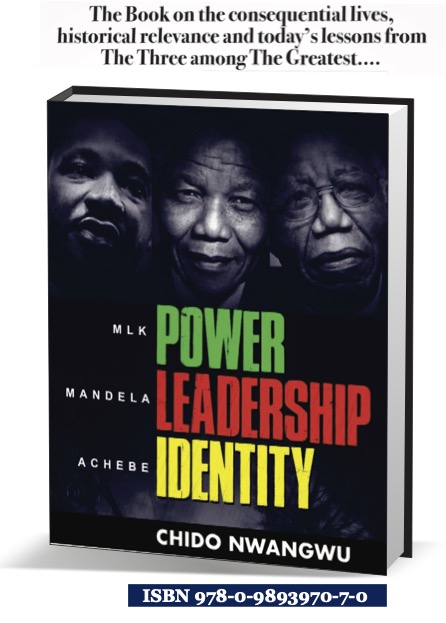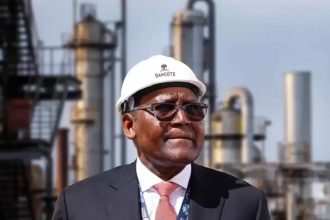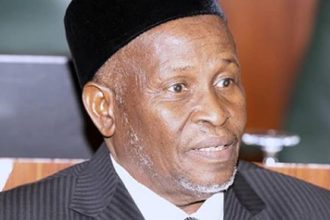Despite producing only 4% of the world’s greenhouse gas emissions, Africa may suffer losses of up to $50 billion by 2040 as a result of climate change. Africa is thus the continent most vulnerable to climate change and also the most exposed to it.
Economists are in favor of green financing because annual floods and extreme heat drive millions of people from their homes. Although the channels exist, obtaining green cash is a significant barrier that the continent must overcome. According to the Economic Commission for Africa, the continent has only raised 2% of its potential in the market for carbon credits and 1% in green bonds.
What part, therefore, can banks play in bringing about these green funds? According to economist Georges Vivien Hougbonon, as Africa develops its industrial sector, it can use renewable energy. The tools are there, whether at the level of banks or investment funds, and this is turning into a criterion in their investment decisions as they become more and more geared towards green investments.
According to predictions made by the High Commission for Planning, Morocco would have a comeback in growth of 3.3% in 2023, which is less modest than anticipated and assuming that the agricultural campaign is spared the unprecedented drought of previous years. The agricultural fair, which celebrated its fifteenth year in Meknes, in the country’s north, has been significantly impacted by this circumstance.
The Reserve Bank of Zimbabwe is developing a range of strategies to manage liquidity issues and keep inflation under control. Despite the opposition of the International Monetary Fund, it debuted a gold-backed cryptocurrency this month after selling gold to the general public in the form of coins that could be used as security for loans and credit facilities.
